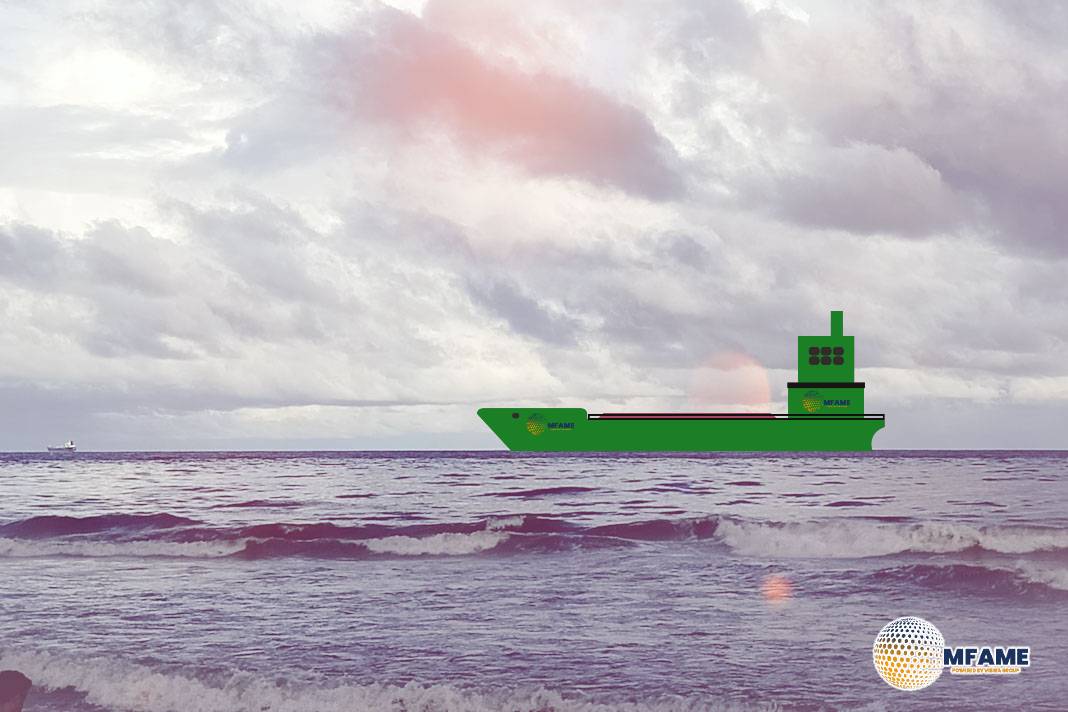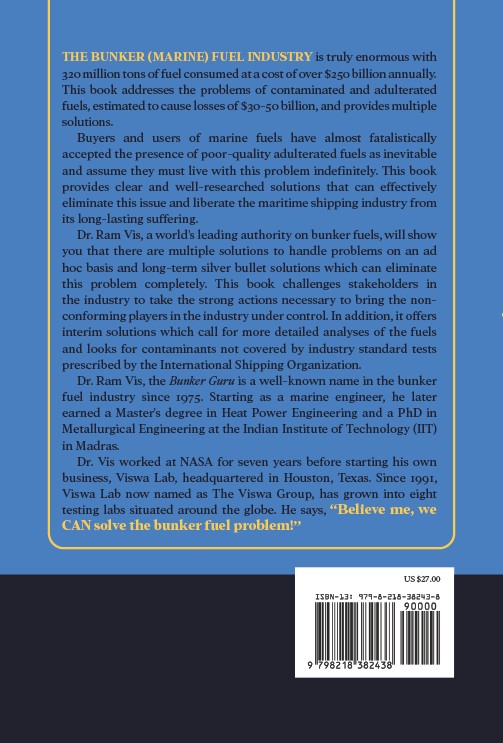- The S8 route recovers with a sharp rate increase.
- Vessel shortage lifts rates as supply tightens.
- S11TC climbs higher nearing November levels..
The Supramax freight market has recently seen a sharp rebound, with notable improvement in recent weeks on the S8 route of the Baltic Exchange, covering South China through Indonesia to East Coast India—the key coal shipment corridor reports Break Wave Advisors.
Recovery Timing: Sharp Uptick in Early 2025
The rebound on the S8 route started in early February 2025. The S8 rate hit a trough of around $5,797/day in late January before soaring steeply through February and March. The Supramax Timecharter Average (S11TC) then followed suit and went up to more than $12,000/day by late March, pointing to an industry-wide market rally.
Tonnage Supply and Rate Correlation
One of the primary drivers of this increase has been the steep drawdown in vessel availability. Available Supramax vessels in the region declined substantially, and when net supply fell below 70 vessels in early March, freight rates reacted with a rising trend. This reflects the extremely elastic response of freight pricing to tonnage tightening.
Broader Market Impact: S11TC Tracking the Move
The Baltic Supramax Timecharter Average (S11TC) followed the S8’s increase and is sitting at around $12,500/day nearing November 2024’s levels.
Market Outlook: Optimism with Caution
The market is cautiously optimistic going forward. Should vessel supply remain constrained by port congestion, bad weather, or extended ballast voyages, Supramax rates may continue to rise. Robust Indian coal imports and increasing Chinese coastal demand may provide upward pressure.
But an increase in ship availability perhaps from ships moving from the Indian or Pacific Ocean may cap additional gains. Furthermore, any decrease in demand on account of seasonality or policy changes in China or India can temper momentum.
Freight Market Sentiment by Vessel Segments
March ended with fresh strength in the larger vessel segments, while smaller vessel classes experienced signs of saturation.
- Capesize Rates – Brazilian freight rates to North China remained close to $23 per tonne, 16% higher than last month in spite of a small pullback.
- Panamax Rates – The Continent route stayed above $30 per tonne, an 11% increase month on month.
- Supramax Rates – Indo-ECI rates increased 9% month-on-month, close to $10 per tonne.
- Handysize Rates – The NOPAC-Far East route has been over $30 per tonne, up 5% on a month-on-month basis.
Ballaster Trends and Vessel Availability
Current changes in vessel positioning suggest a mixed picture:
- Capesize (SE Africa) – Vessel number at 75, down 30 from the annual average, a one-year low.
- Panamax (SE Africa) – Count dropped below 110, around 25 lower than the yearly average.
- Supramax (SE Asia) – Will move downwards towards the yearly average of 100.
- Handysize (NOPAC) – Numbers have increased to 95, following an upward trend since week 11.
Segment-Specific Growth Trends
- Capesize – Steadiest growth trend this year, picking up sharply from week 8.
- Panamax – Tonne-day growth has picked up, indicating a solid Q2 start.
- Supramax – Steady progress with no sharp spikes, consistent with week 8 levels.
- Handysize – Smooth rise since week 2, with a steady upward trend.
Chinese Port Congestion Levels Drop
Congestion in Chinese dry bulk ports dropped towards the end of March for all vessel classes:
- Capesize – To 97, a drop of 10 from last week.
- Panamax – Below 160, down 20 from the last week.
- Supramax – Dropped below 300, down 25 since week 12.
- Handysize – Dropped below 190, down 10 from last week.
Did you subscribe to our daily Newsletter?
It’s Free Click here to Subscribe!
Source: Break Wave Advisors

























